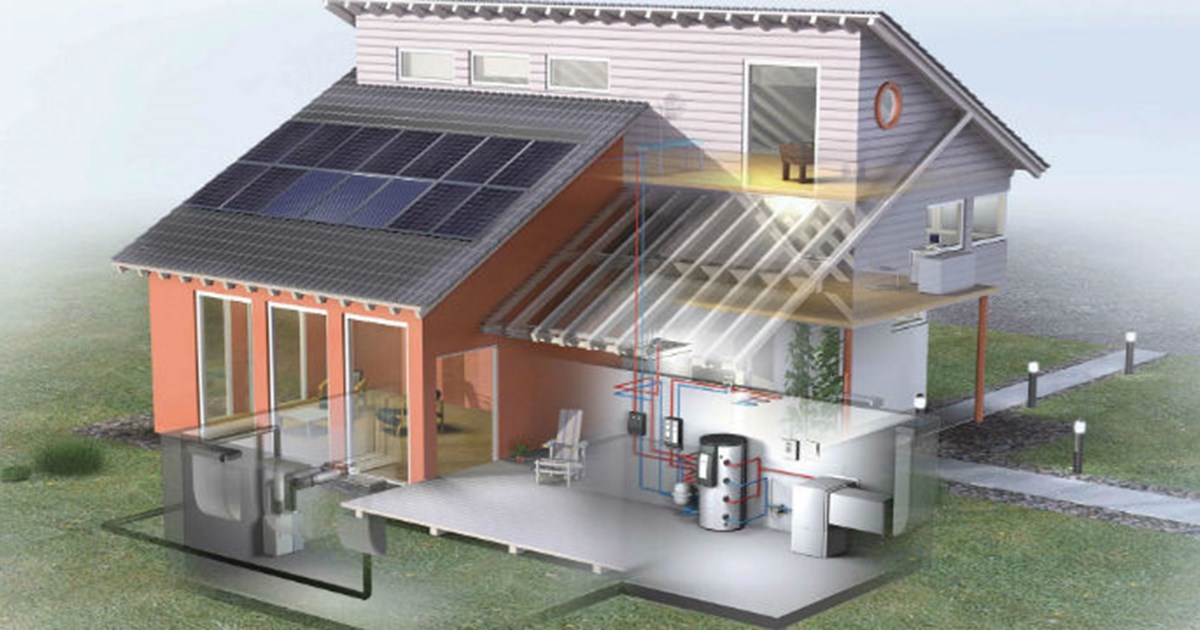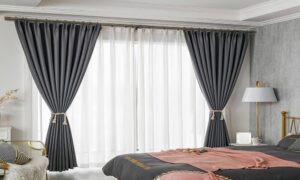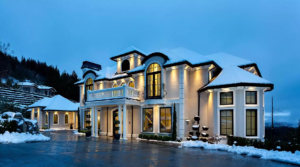
Mood boards have been more popular in recent years. This montage seems to be pretty straightforward to put together, with their wonderful images glued together. Creating an effective, balanced mood board that can be used as a genuine guideline for your next decorating project, however, is not as easy as it may seem. The mood board, also known as a fashionable decorating board or, in the world of communication, a mood-board, is a communication tool that helps you to explain interior design concepts throughout the design phase of a decoration project. It’s a visual depiction of your emotions and ideas about a subject. It allows you to collect and organize information related to your interior design project, as well as picture the look and feel you want to give your area in a simple way. So, how to create a mood board?
To Make a Good First Impression
The first step is to establish a space, a border that will allow you to create more easily: a cork board, for example, enables you to swiftly pin and move pictures, pieces of fabric, and other acquired treasures, as well as easily delimit a “intervention zone.” Isn’t it true that having limits provides a sense of security? If you are familiar with the method, you may even place your photographs directly on a wall after some practice. This is the first step in obtaining information, and the cork board makes it feasible. After that, you’ll go through everything and decide which aspects are the most crucial and will have the most influence on your final mood board.
There are images that represent their desires aren’t the right size or color. They couldn’t find enough parquet to cover the space they wanted, and they couldn’t find a photo of the sofa they wanted for the living room. Foyr Neo will provide exactly what it promises.
Avoid Making These Mistakes
The most important thing to keep in mind while making a great mood board is to avoid having preconceived preconceptions about the final product. Too many mood boards mix things (furniture or small decorative objects) that we will find in shopping boards and place close to one another. Even though they are exceedingly appealing to the eye, the fact that they are a duplicate of what will be developed in the project does not qualify them as “mood boards.” Rather, they are classified as “shopping boards.” It indicates, above all, that you have foreseen and planned for the events that will occur throughout the course of your project. It’s what I call “reverse work,” a kind of labour that is reversed, directed, preset, and frozen. You’ll be able to plan ahead for the final result, and you’ll be able to establish limits for yourself during the creative process.
They’re the ones that try to make the trend board a comprehensive representation of all they’ve planned thus far. For this project, and who face setbacks at every stage: they can’t find what they’re looking for in magazines, they’re inspired by too few or too many things, the images that represent their desires aren’t the right size or color, and the images that represent their desires aren’t the right size or color, and the





